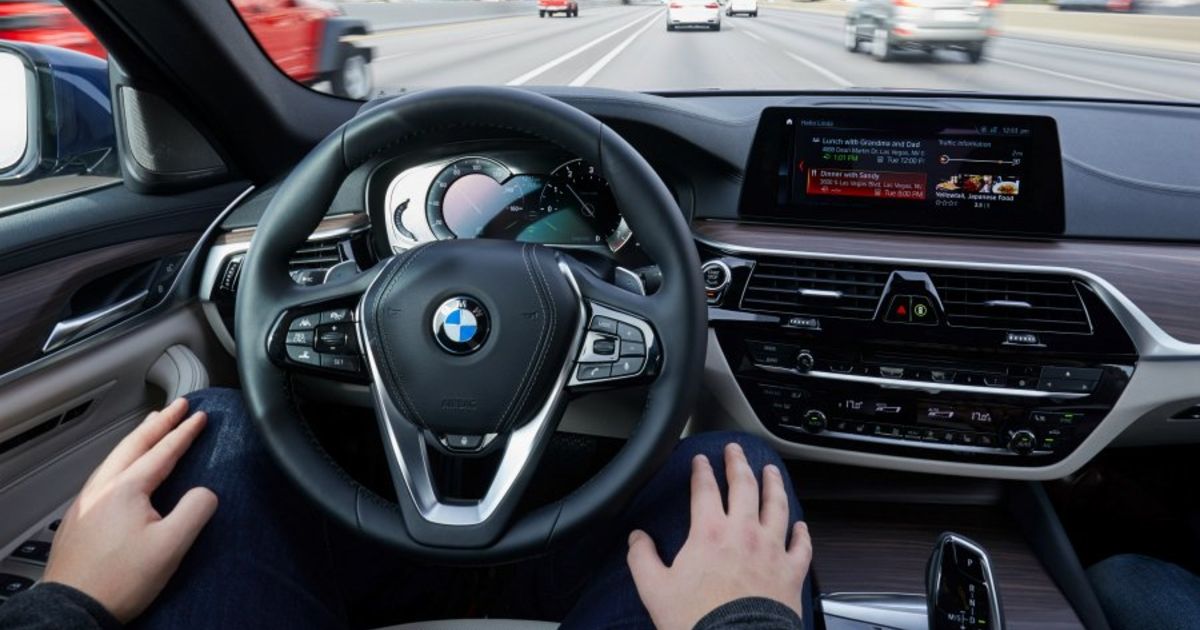
A new Insurance Institute for Highway Safety study released Thursday shows that used-car buyers are significantly less likely than new-car buyers to be aware of the advanced driver-assistance features in their vehicles.
IIHS looked at owners of 2016 to 2019 model year vehicles and surveyed 402 people who bought their cars new and 362 who bought them used. The survey asked specifically about features such as blind spot warning, lane-departure warning and adaptive cruise control.
Buyers of new vehicles were more likely to know more about the specific features and presented a higher level of trust in them than the used-car buyers, IIHS said in a press release.
Some 84 percent of new-car drivers knew their vehicles were equipped with blind spot warnings, while only 72 percent of used-car drivers knew this. Similarly, only 66 percent of used-car buyers could accurately describe what the lane-departure warning does compared with the 77 percent of new-car buyers that could, the press release said.
However, more used-car buyers said that a salesperson discussed the advance driver-assistance features at length. The fact that they showed a lower level of awareness, understanding and trust in these features may indicate that the sellers were not providing useful information, the press release said.
“Both sets of buyers said they received a good introduction to their vehicle’s features when they purchased it,” IIHS Senior Research Scientist Ian Reagan said in the press release. “But the buyers of new vehicles were more likely to say that the salesperson discussed details like how to adjust the features’ settings or the situations in which [adaptive cruise control] might be useful.”